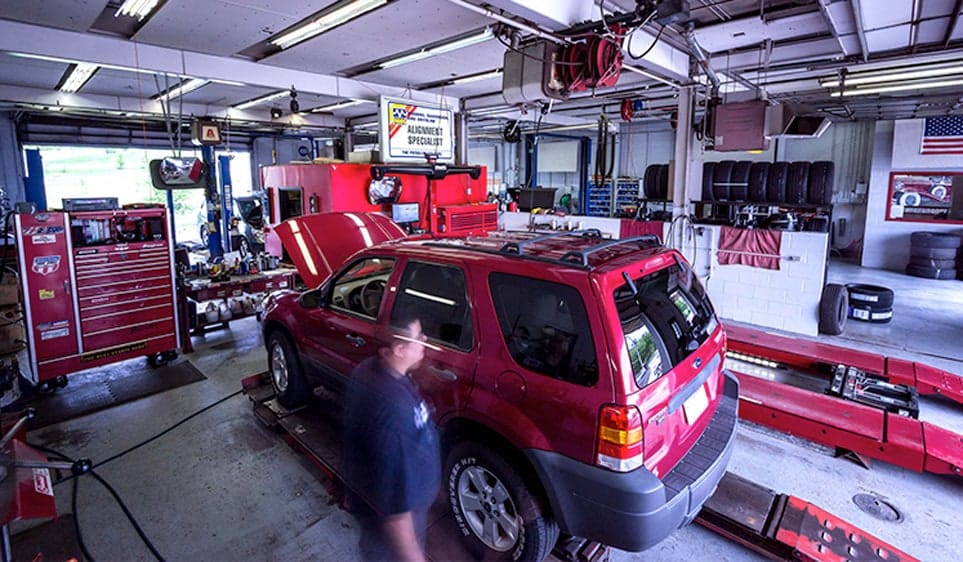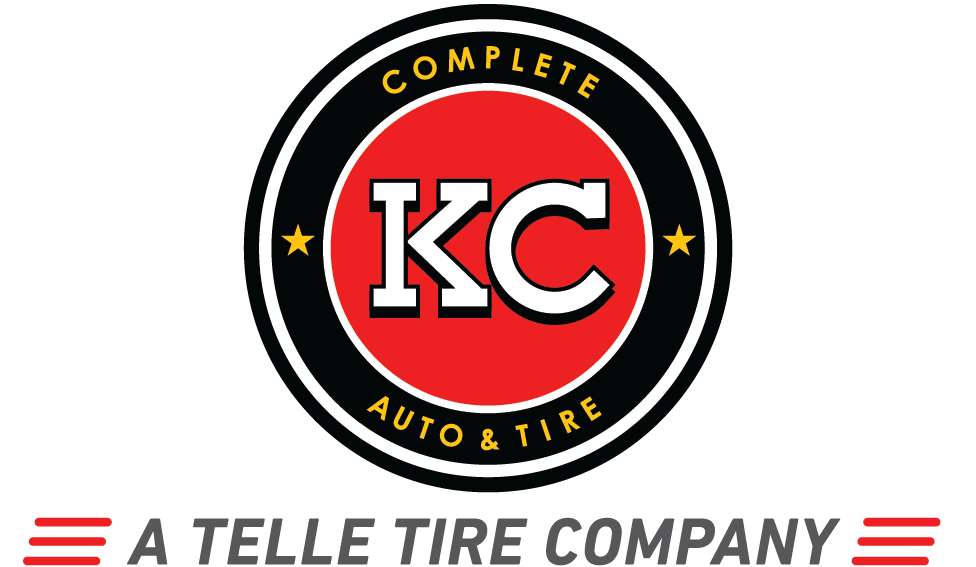Everything you need to know about state safety and emissions inspections

If you don’t keep up with state safety and emissions inspections, you legally cannot drive your car. You need to schedule a state inspection when your registration expires, or when you’re applying for a title transfer.
The purpose of this mandatory state inspection is twofold: (1) minimize environmental pollution and (2) maximize passenger safety. That’s why there are two parts to the Missouri safety inspection. First, a licensed state inspection provider will look to make sure your exhaust system is doing its job: reducing the release of harmful pollutants into the air. Then, they’ll ensure all other safety features are working.
This not only improves the environment—it can save you money on costly repairs and poor fuel economy, and improves the overall safety of your vehicle.
Two-part Gateway Vehicle Inspection Program (GVIP) state inspection
While the Environmental Protection Agency’s 1970 Clean Air Act spelled out the need for state safety and emissions inspections, individual states get to decide whether to require them.
In Missouri, the Gateway Vehicle Inspection Program (GVIP) regulates safety inspections. While there are some exemptions, you are generally required to get a state inspection every two years, or when the car is transferring ownership. If your car is five years old or newer, though, you don’t need a state inspection to renew your plates.
Let’s say you have a 2002 car. You need to get it inspected every 2 years, on an even calendar year, so 2004, 2006, 2008, etc. But, if you were to sell it in 2005, you’d need to get it inspected even though you got an inspection the year prior.
When it comes time for a state inspection, there are two distinct tests your licensed state inspector will perform:
- Smog and emissions state inspection
Smog and emissions tests are intended to monitor how effectively your exhaust system is at converting harmful exhaust fumes from your engine into less harmful exhaust fumes. A simple computer diagnostic test is sufficient to prove that your car is—or isn’t—up to code. For more information on smog and emissions tests, click here. - Safety state inspection
During the state safety inspection, we’ll check for any safety threats. This includes a full inspection of your windshield. And your engine. And your brakes. And about 27 other things. The whole point of the state safety inspection is to ensure your car is safe to drive on the road ahead. For more information on state safety inspections, click here.
Is there a list of licensed state inspection provider locations?
Yes. Here’s a link. But before you find the one that’s closest, consider this: you want to find a mechanic you can trust to take care of your car’s repairs should you fail—not just the closest mechanic.
At Telle Tire & Auto Centers, we never overcharge and we’re always transparent and competitive in our pricing. Plus, if you fail the inspection the first time, we’ll give you a re-inspection free of charge.
Maybe that’s why St. Louis has trusted us with their car repairs for more than 82 years. Pick a mechanic you can trust. Pick Telle Tire & Auto Centers.
The Telle Difference
If it’s time for a state inspection, you should take your car to Telle Tire & Auto Centers. Since 1942, St. Louis car owners have trusted us to provide the highest level of service at the lowest possible prices.
And, while people might come to us for our low service costs, they come back because of our competitive warranties. Our National Warranty Program covers both parts and labor for a full three years or 30,000 miles. Why do we go the extra mile to offer a better warranty? Because we don’t want you to worry about your car. After all, that’s our job.

